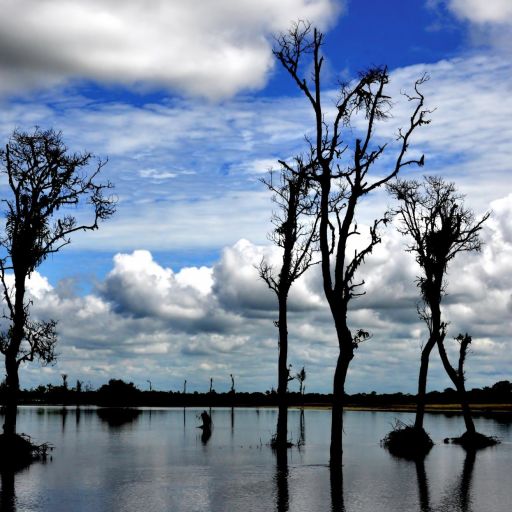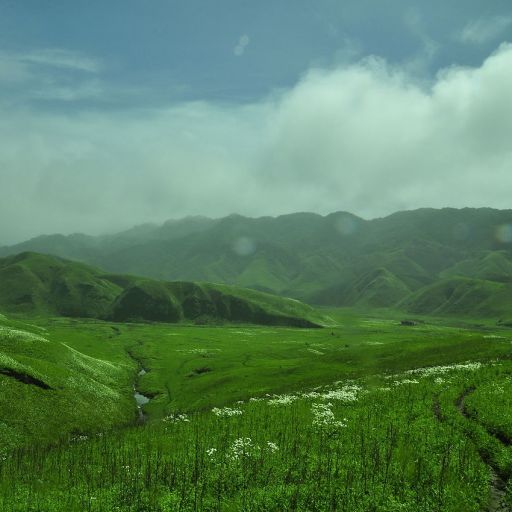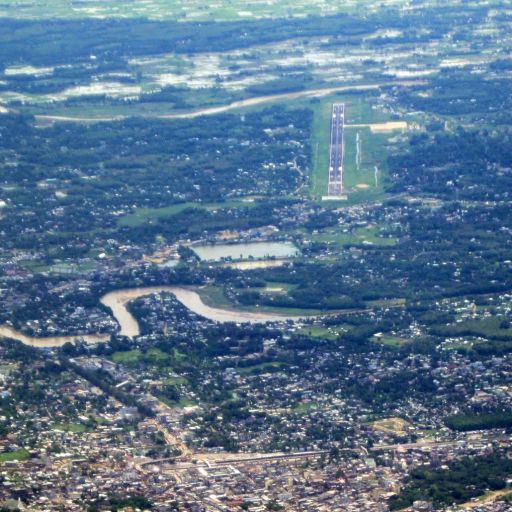DAY 1
Received at the airport and transferred to a Heritage Chang Bungalow. In the afternoon, take an introductory tea walk. In the evening, enjoy a Bihu dance (an Assamese Folk Dance) on the Bungalow lawn. Overnight at the Chang Bungalow.
Dibrugarh is the gateway to the “Hidden Land” of Eastern Arunachal Pradesh and Northern Myanmar. The Ahoms from Thailand came through Northern Myanmar through this area in the 13th century to establish their Empire which thrived in the ancient land of Assam. It is the “Camellia” town of Upper Assam, an undisturbed haven, with its rich tea gardens resembling a lush green carpet. Experience and enjoy the richness of these tea gardens while staying at the Heritage Chang Bungalows. These are constructed on stilts and are situated in a serene atmosphere free from pollution.
When the British established their tea plantations in the mid- 19th century they quickly built comfortable bungalows designed to make life as pleasant as possible in what, was to them, a hostile and strange land. One of the main features of these buildings has given rise to their name – Chang bungalows. Chang in the local language means “raised on stilts” and the design served multi purposes; to keep the house cool by allowing the breeze to blow underneath and to keep both water and animals out!
Bihu is the most popular folk dance of Assam. The people of Assam are very proud of its unique position among all other such dances of India. Except Bhangra (the popular folk dance of Punjab), no other folk dance in India can compete with the rhythmic exuberance of the Bihu dance. ‘Bihu’ performed by young men and women reflects youthful passions and joys rejuvenating life during the spring season, accompanied by songs woven around the theme of love and physical yearning. The dance is performed by all irrespective of caste, creed and religion.
DAY 2
After breakfast drive to Digboi (90Kms/2hrs). A beautiful and famous oil-town, also being Asia’s oldest and continuously producing oilfield at the extreme north-eastern corner of India. History was created here in the adjoining dense jungles with the discovery of oil. Visit the Oil Museum which was set up to mark the100th Anniversary of the Digboi Oil Refinery. Some of the very old, original machines are on display here.
Visit Digboi War Cemetery that lies about two miles east of the Assam Oil Company Campus. It has 200 graves of different Allied Forces personnel from UK, India, West Africa, Burma, Belgium, USA and Italy who sacrificed their lives during the 1939-1945 War. It is maintained by the Commonwealth War Graves Commission. There is a Golf Course in Digboi Club with 18 holes, also situated near the Oil India Guest House.
Dibrugarh is the reach out centre for ethnic tribal villages like Tai- Phakial – an ethnic village whose kith and kin date back to the Ahom period. The villagers still maintain their age-old culture – a village worth exploring. It is situated near the River Buri-Dihing with plenty of green vegetation. A Buddhist Monastery dots the village which belongs to the Hinayana sects. Tai translation of the Ramayana written on handmade paper has been newly discovered in this village. The structures of the houses are unique as the walls are made of bamboo and the roof is of palm leaves (Toko), mounted over a Chang or stilt. Each family has one or two big Chang houses wit ha large court yard. Cattle are kept below the Chang. Their main occupation is paddy cultivation. The people of the village speak Assamese and are very loyal. The monks in the monastery offer a warm welcome to the visitors and always eager explain their scriptures.
Overnight at the Chang Bungalow.
DAY 3
Early morning go for a tour of a tea garden to learn the origin and the history of tea – how it is grown, all about tea tasting and its quality; pluck your own tea-leaf. After breakfast drive on to Jorhat (105km/3hrs). Enroute see the monuments and temples of the Ahom Dynasty at Sivasagar. Overnight at a hotel.
A tea tour through a 157 years old heritage tea garden gives an insight into the different activities that vary from season to season. It teaches us all about tea- its origin, how it is grown, tea tasting and its quality. During the winter months the dormant bushes are pruned to ensure vigorous growth during the warmer months. Once the rains begin, and the temperature rises, the gardens come alive with teams of colourfully dressed tea pluckers, predominantly ladies as they are said to be better able to pluck the delicate buds and leaves. The harvest is taken everyday to the factory where it undergoes an age old process of being turned into the finished product. All stages of the process are carefully controlled to ensure that the tea that leaves the factory is only of the highest quality, a quality that has made Assam tea world famous.
Sivasagar was once the capital of the Ahom Kings. The Shans who came from Thailand through Northern Myanmar to this area in early 13th century, ruled for 600 years. The Siva Temple, built by the Ahoms, situated here is believed to be the tallest of all existing Hindu temples. The ruins of the Ahom palaces and monuments dot the landscape around this historical town. Centuries, before the arrival of the British, this part of the world was controlled by a number of tribal chieftains.
DAY 4
After breakfast, drive to Neematighat for ferry crossing (2hrs upstream boat cruise- the time depends upon the water level of the river) to Majuli – the largest inhabited River Island in the world and famous for the Vaishnavite Satras or monasteries and culture. It is nestled between the confluence of the Subansiri and the Brahmaputra Rivers. Visit the monasteries and interface with tribes in the island.
Return to the main land in the afternoon. Reach late in the evening. Overnight at a hotel.
MAJULI ISLAND-a World Heritage Site, is located in the Brahmaputra River and is the largest inhabited riverine island in the world. The island has long served as a monastic retreat for the Vaishnavite community and is noted for its beautiful rural setting and the traditional Assamese and Mishing tribal architecture. On arrival you will transfer by road to a monastery, en route you will pass through both Assamese and Mishing Villages – the Mishing houses are typified by being built on stilts and their ‘long house’ style of design. At the monastery you will be given an orientation tour by one of the monks of the monastic cells and temple. Please note that you will be expected to remove your shoes when entering the Vaishnavite monasteries. These Satras were set up Srimanta Shankerdev, the leader of Vaishnavite revivalism in the 16th Century. These are active and nurture the traditional dance form ‘Satriya’ (which is the 5th nationally recognized dance form other than Bharatnatyam, Kathak, Kathakali and Manipuri), music and crafts (mask- making), besides religious teachings.
DAY 5
Drive to Mokokchung, home to Ao Nagas – a warrior tribe (120 km/4hrs) via Mariani. Overnight hime stay with an Ao family.
Mokokchung – this picturesque town is the cultural centre of the Ao Nagas. The prowess of the Ao warriors is reflected in gorgeous red and black shawls with the white decorated band that signified their victory over their enemies. Visit Aliba village to see the largest log drum in the world. Their valor is reflected in the gorgeous hand- woven woolen shawls. It is situated at an altitude of 1325 mts. above the sea level. Visit Mopungchukit village to see the village community collections in Museum. Visit Lonkhum village for sight seeing as well as an interesting handicraft centre. “Spring Villa” – a museum is another add on to the trip where on can absorb the art and culture of the Aos along with other Naga sub-tribes.
DAY 6
Drive on to Tuophema (120km/5hrs) through Wokha. Wokha region is home to the Lotha tribe. Visit Lotha tribal villages, interface with the tribal people inorder to experience their rich culture and tradition. Hilltop villages studded with monoliths erected by rich ancestors depicting their high status surrounds it. The Lothas are known for their colourful dances and folk songs. It is located at an altitude of 1314mts. above the sea level. Lothas are well known for their folk songs, colourful dresses and tribal dances
Overnight at the Touphema tourist cottages.
DAY 7
Full day excursion in and around. Overnight at the cottages.
DAY 8
Drive from Touphema to Dimapur (120kms/3hrs) to board flight to Calcutta.







Reviews
There are no reviews yet.